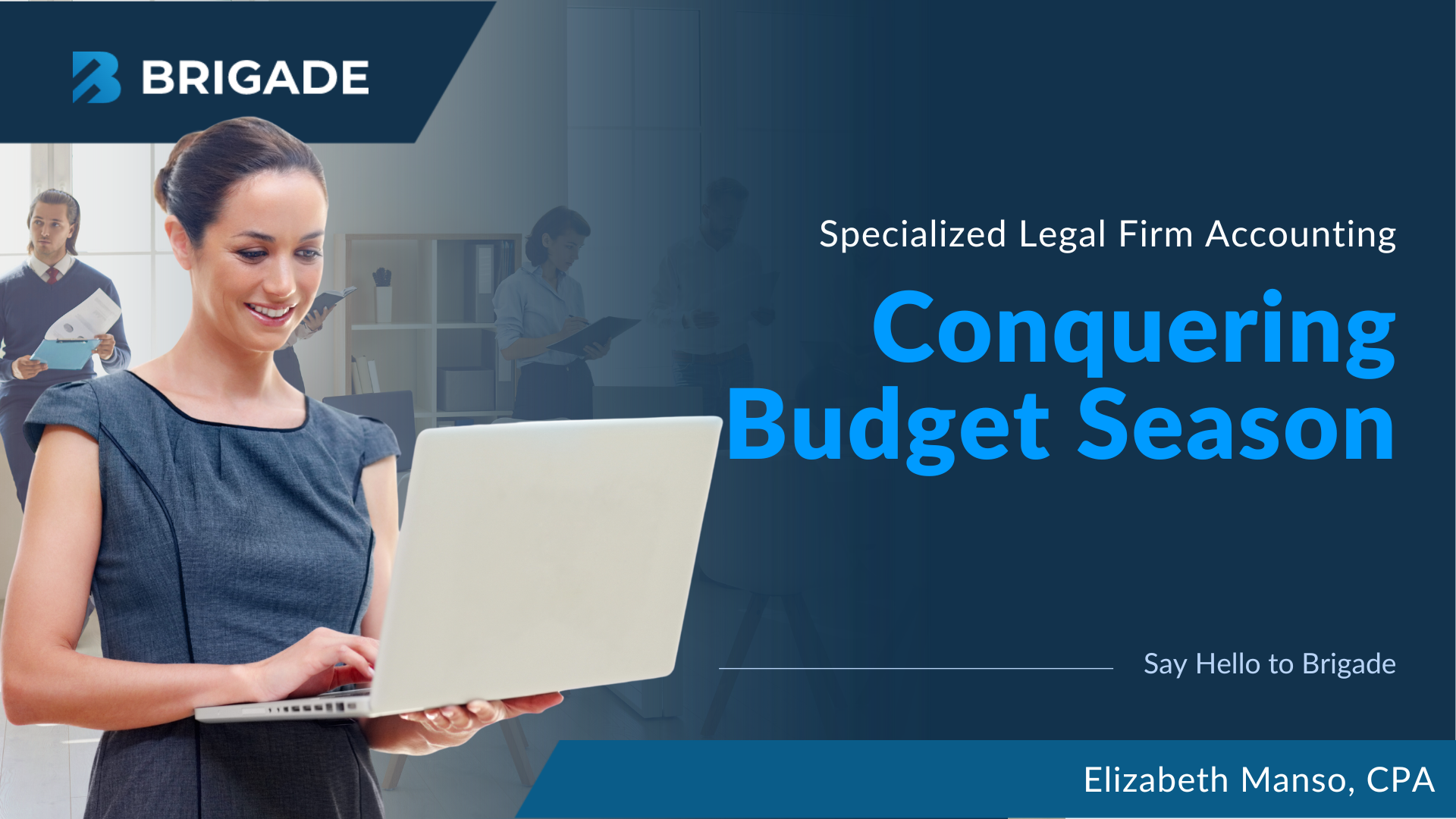
When you’re a solopreneur, or the leader of a small business, it gets lonely at the top. It also can get myopic up there. You want others who can help with the high-level decisions. But maybe you aren’t ready for, or don’t need to add, a layer of paid executives.
In this case, it might be time to form an advisory board.
To understand what an advisory board is, let’s first clear up any confusion about what they aren’t. Advisory board members:
- Are not employees.
- Don’t have governance powers.
- Don’t represent any financial interests in your company.
- Are not yes people.
- Don’t have any powers beyond what you’ve outlined for them upfront.
How do you find people that fit the role?
With the right people on board, you can gain invaluable advice about how to achieve your business goals. The “right people” will be different for every company. To find the people who are perfect for your board:
- Focus on people who will fill talent gaps. Conduct a skills assessment for yourself and your management team (if you have one), and the gaps will show. Some examples of skills you may need are: product feedback, media relations, customer prospecting, or financial management. The gaps will be different for each company.
- Make sure they’re the right kind of outsider: Members should be someone who can offer objective advice. Family, friends, your vendors and service providers may not qualify. The goal is to find people who will help you see past your own biases and predispositions.
- Leverage your network: While friends, family, vendors and service providers may not be right for the board, they may know people who are. Other resources include professional organizations like the local chamber of commerce or the Rotary Club.
- Set and communicate their compensation: The right members will accept a form of compensation commensurate with your financial situation. Ways to help them feel appreciated include meals, travel expenses, or a small stipend.
- Vet the candidates: Make sure that they are a good fit. Technical knowledge, a desire to help, and good chemistry are all important.
- Don’t get hung up on a large number: It’s not about how many board members you have, it’s about how much they can help.
- Protect your business: The advisors will be privy to confidential information. They must be willing to complete a nondisclosure and conflict of interest agreement. They should also be willing to adhere to the role and responsibilities you spell out in writing.
- Still can’t find candidates? If you’d be willing to join someone else’s board to find people to fill yours, consider connecting with programs like Vistage and the Entrepreneurs’ Organization.
Remember: If you build it, use it. Value member’s input, even when they disagree with you. Commit to seeking and using advice on important decisions. When you do this, you’ll find the time and resources spent on forming an advisory board will be well spent!
Sources:
8 Steps to Creating an Effective Advisory Board by Jesse Torres
4 Steps to Securing a Rock-Star Advisory Board by Lynn LeBlanc

